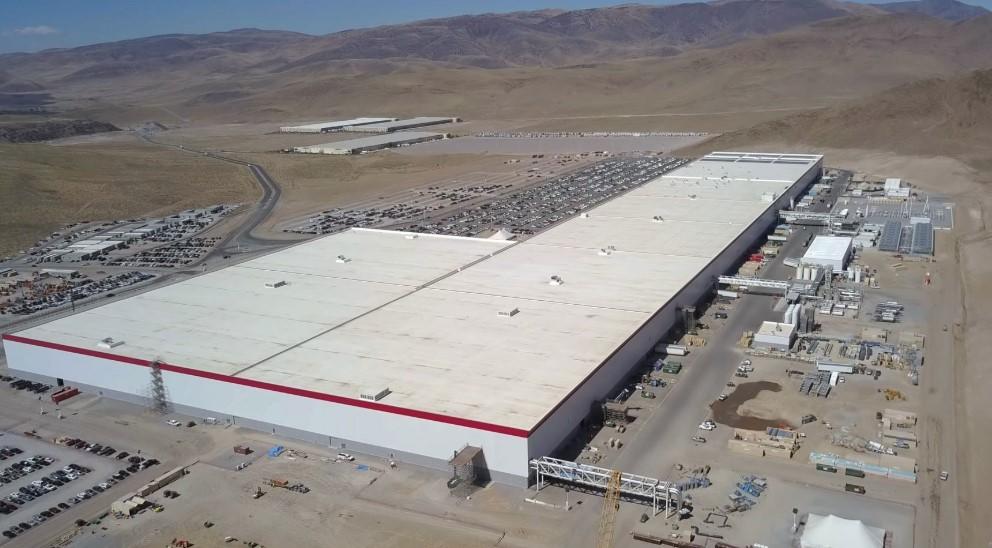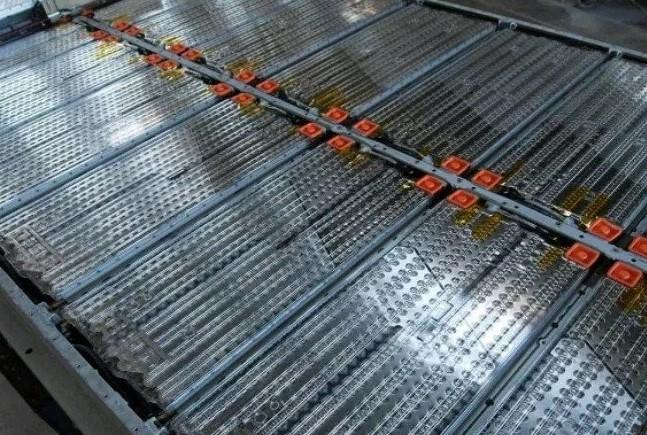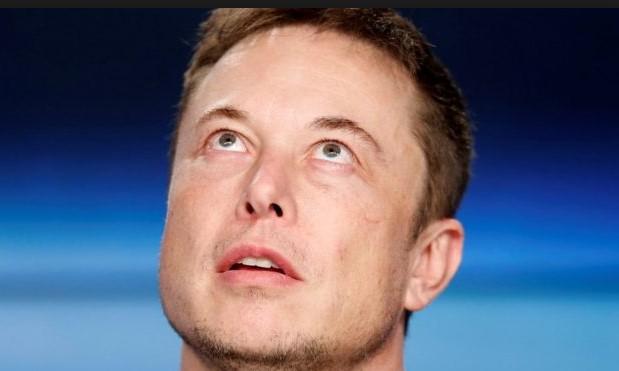Following the recent report that Tesla and its key battery supplier, Panasonic, had hit a rough patch, now even more ugly details are coming out about Tesla’s working operation with Panasonic, including a “chaotic environment” inside of Panasonic’s battery making operation inside at Tesla’s Nevada Gigafactory, according to Business Insider.
One former employee said: “I do not think that Tesla knows everything [that goes on on Panasonic’s side]. It’s impossible to know everything. If Elon Musk was to know what was truly going on, he would flip his lid.”
Tesla shares its Gigafactory with Panasonic outside of Reno, Nevada. It was built in 2016 and is where Panasonic makes cells for Tesla’s cars. At the factory, Tesla turns the cells into batteries for the Model 3 sedan, while manufacturing the drive for the vehicle at the same location.
Following reports that Tesla and Panasonic had forzen plans to expand the Gigafactory and further Shanghai investments, Tesla responded saying that both companies were still putting “substantial funds” into the Gigafactory and that there would be additional output to be gained from improving existing equipment. Elon Musk then referred to Panasonic’s production rate as a “constraint” on the company’s output that he has known about since July.
Maybe now, we know what some of the actual constraints are.
Three current and former employees have said that the overall operation winds up scrapping an astounding half million cells per day. BI also reviewed internal documents related to an oil spill that sent management scrambling to find contaminated battery cells for weeks. The stories are indicative of an operation that – like many other things at Tesla – seems half-assed, unprofessional and rushed. The lack of attention to detail likely isn’t helped along by the intense pressure to meet whatever production goal Elon Musk has tweeted out for that particular week.
Panasonic provided a comment stating:
“Panasonic produces the most advanced electric vehicle battery cells because we pay exceptional attention to quality. Our quality-control protocols are industry standards and include cleanroom environments and laboratory-like working conditions. The battery cells go through several testing gates before they are released to Tesla, and Tesla separately tests the cells after delivery. We are proud to have helped propel one of the most exciting revolutions in the auto industry.”
In other words, once the product is turned over to Tesla, it isn’t our problem anymore.
Panasonic provides Tesla with about 3 million battery cells per day, making the Gigafactory a massive operation, inclusive of giant 16 foot mixers turning lithium and other chemicals to try and keep volatile ingredients clean. There’s also a tracking system in place to follow materials as they go through the manufacturing process. The operation is extremely expensive, as well: Panasonic makes up most of Tesla’s $18 billion in purchase obligations, $4.8 billion of which is due in 2019.
Unfortunately, it appears that Tesla is aggressively cutting corners with a technology that may ultimately put people’s lives at risk (see “Tesla “Spontaneous Combustion” Said To Be Result Of Battery Short Circuit“) as current and former employees said that standard operating procedures “often go ignored without consequence” at the facility. For instance, on several occasions something had fallen into one of the mixers and wasn’t found until such time as the mixer is cleaned out.
“People just don’t have the integrity to say “hey I did something wrong,'” one former employee said.
Needless to say, the outcome of dropping scissors, a roll of tape or tools into the mixers could be potentially catastrophic enough to cause a fire or worse. Greg Less, the Technical Director of the University of Michigan Energy Institute’s Battery Fabrication and Characterization User Facility said:
“…if a piece of shrapnel got into the lithium mix it could pierce the separator between the anode and cathode and cause a hard short. The shrapnel wouldn’t have to be very big at all either — a millimeter or half a millimeter — and it could be thin, width of a human hair or less. Conceivably, if the piece was long enough to pierce the separator and carry a current between the anode and cathode it could cause a fire.”
Additionally, the report detailed an oil spill that occurred at the factory back in September, when mechanical oil got into one of Panasonic’s massive machines used to press cathode material into a sheet. That machine then contaminated any of the product it touched and employees had to sift through millions of near finished battery cells to find potentially impacted product.
Panasonic then searched for product that had gone through the contaminated machine as far back as September 11 – research that extended to the latest stages of the production process – and all of the product that Panasonic suspected to be contaminated was scrapped. One current employee said that they were concerned that Panasonic still hadn’t pinpointed where the spill started.
“If my car is leaking oil how am I going to know what day it started?” they said.
Mark Ellis, a senior associate at manufacturing consultancy Munro and Associates, said this type of spill would upset him “tremendously”, because as a result, the product would be an “automatic scrap.” He continued, “You don’t want contamination on the electrodes.”
One current employee also said that they were concerned about contaminated cells because of Panasonic’s tracking system on the factory floor. Would-be cells are tracked throughout the factory using a number system. As they move through production, the number grows longer and, at every new stage of production, a new piece of paper with that number is printed and taped onto the product. Paper taped to product; sounds futuristic, right?
Three current and former employees said that this paper very often gets lost when the tape falls off or the paper rips. Then, workers sometimes take a similar product’s paper and use it to scan down the line so that everything keeps moving without interruption. Some people worried that this practice, which is against official procedure, hurts the traceability of cells.
And when contaminated cells could potentially be going out, we’re starting to piece together why poor tracking could eventually be an issue.
In fact, the pressure for production is so intense that sometimes workers inside the factory put tape over sensors on machines that would catch defects in order to prevent production from stopping.
Ellis concluded:
“If the scrap was from the winders I’d be going ballistic. They’ve made cylindrical cells for decades. And if people can’t make their machines do something they’ve been doing for decades shame on them. They should be running at much higher efficiency than that. If I walked through a factory and saw tape on sensor I’d be kicking ass. That [scrap level] is really excessive. I would be kicking some ass big time if that were my factory. They obviously don’t have all of their assembly processes under control. That’s what would cause that.”
“Why do we throw away half a million batteries a day? Because people are slobs and the stuff’s not clean,” one former employee concluded.
You can read Business Insider’s full expose here.
via ZeroHedge News http://bit.ly/2PrOCfx Tyler Durden


